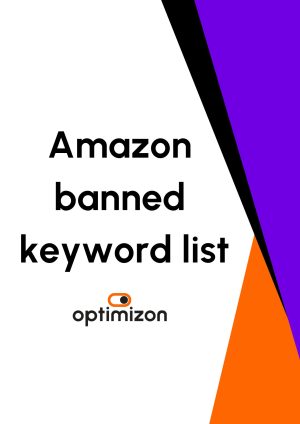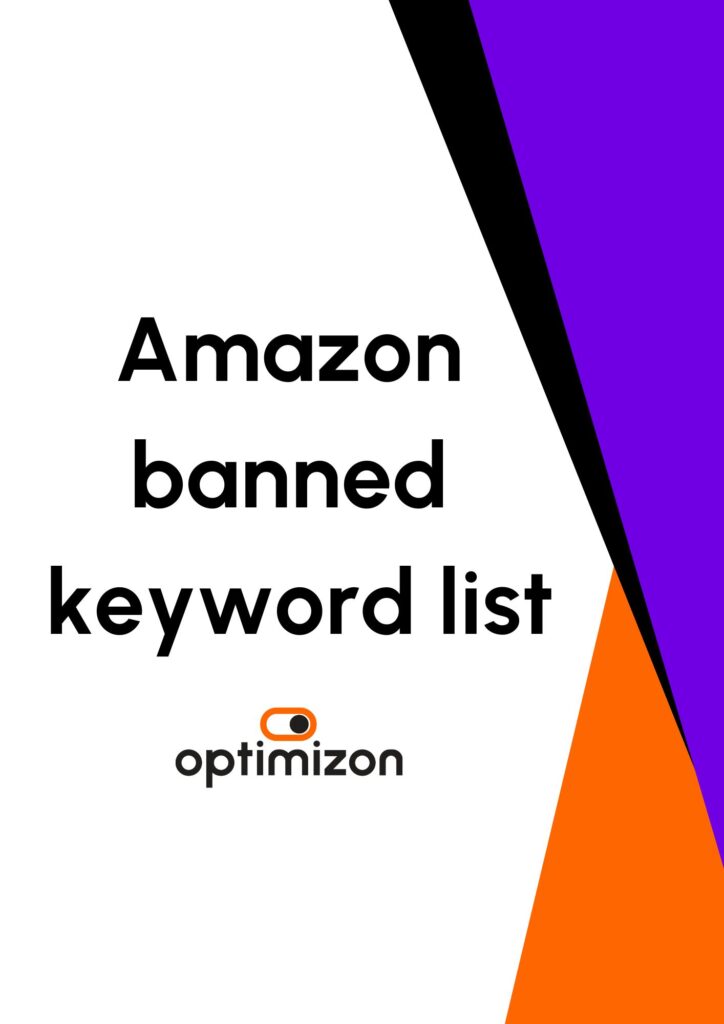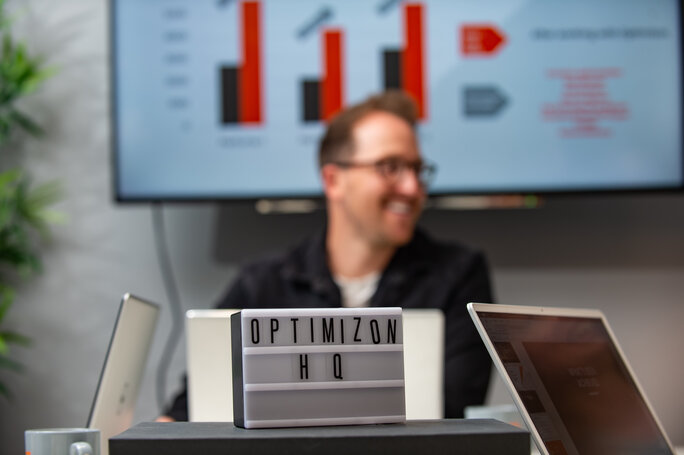At Optimizon, the team have prepared our clients for Prime Day multiple times, so they’re expertly placed to advise what preparation is needed to make this Prime Day your best one yet!
We sat our Heads of Department down and asked what best practice preparation looks like. There’s no doubt that our clients, who prepare early and in detail, celebrate the biggest sales drives during and benefit more from post-Prime Day brand awareness.
When is Prime Day?
Amazon have officially announced that Prime Day is scheduled for 11-12 July, a similar time to last year.
What should you focus on first?
We’ve split this into different categories and if you’d like to discuss any particular area in-depth, get in touch for a consultation on your Prime Day approach.
Operational efficiency
Firstly, look at your Inventory Reports. Begin by pulling comprehensive inventory reports and look at any current or potential inventory shortages. If there is insufficient inventory of a particular line, consider whether you can replenish stocks quickly. You’ll have to take into account any short-notice stock replenishment charges from suppliers.
Secondly, establish some profitability targets. This is a good time to review your cost of goods and establish clear profitability goals for Prime Day sales. If quick stock replenishment is not possible, consider implementing bundle or buy-one-get-one (BOGO) deals for specific SKU(s).
In addition, make sure you monitor your fulfilment logistics, making sure you allow sufficient lead time for Amazon to prepare inventory before Prime Day.
If you have a separate warehouse team, engage with them putting in place a Service Level Agreement (SLA) for Prime Day orders and if you’ve shared sales projections in advance this will all help to stock levels steady.
Create content that converts
This is the time to hone in on your creatives. Compelling content will attract shoppers during Prime Day and one way to ensure this is to A/B test your copy and imagery to refine and optimize performance. At Optimizon, our Creative team know how to run, analyse and report on A/B tests for statistically significant conversions.
Once you have your enticing promotional material, make sure the Operations team have aligned promotions with available inventory of in-stock SKUs. It can help to structure promotions strategically and use up inventory that is selling slower, approaching expiration, or in need of clearance.
Pricing Promotions
The team have seen great success with creative bundles or buy-one-get-one (BOGO) offers, so always factor these into your strategy. As part of our client’s pricing strategies, we always aim to maximise profit generation by factoring in SKU availability, delivery methods and creative promotional activity.
A Laser focus on Advertising and Keywords
Last but certainly not least, here are some top tips from our Paid Advertising team:
- Anticipate higher traffic and increased competition during Prime Day. Adjust your daily budget to accommodate the expected rise in clicks and cost-per-click (CPC) to ensure full coverage throughout the day.
- Review and enhance keyword selection. Consider increasing bids for high-performing keywords. Incorporate Prime Day-related keywords into your campaigns to capture relevant traffic.
- Avoid bidding on overly broad terms like ‘Deal’ or ‘Promotion’ to improve precision and campaign efficiency. Focus on specific keywords that align closely with your offerings.
- Evaluate keywords that have incurred costs without resulting in conversions over the past 60 days. Consider pausing these keywords temporarily to allocate budget more effectively and enhance campaign performance.
- Take advantage of the sophisticated targeting features offered by DSP – get in touch if you’d like us to advise on this. Utilize real-time and historical user data to precisely target your Prime Day ads, ensuring they reach the most relevant audience at the optimal time.
Would you like support with your lead up to Prime Day, contact us to find out how we can help





